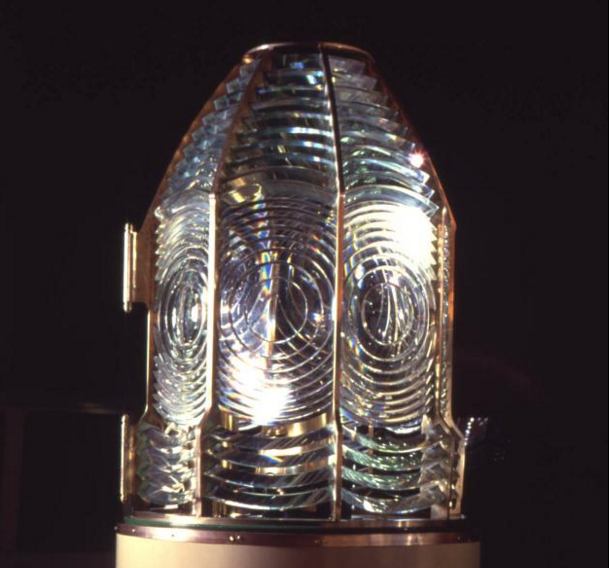As COVID-19 deaths spiked in 2020, Suzanne Firstenberg’s public art installation "In America: How could this happen…"
Museum Artifacts

Grade Range:
K-12
Resource Type(s):
Artifacts, Primary Sources
Date Posted:
9/3/2008
The Soviet launch of the Sputnik satellite in late 1957 sparked interest in the United States in science education even among elementary school children. In 1958, King Seeley Thermos produced this imaginative box evoking space travel and landings on distant moons and planets. Children provided a

Grade Range:
K-12
Resource Type(s):
Artifacts, Primary Sources
Date Posted:
12/31/2009
As the “Millennium Bug” gained media attention, some businesses used the hype to market special millennium foods. From cars to breakfast cereal, companies like the Figueroa Brothers, Inc., cashed in on the Y2K name. This bottle once contained Y2K Millennium Meltdown ¿R-U-Ready? hot sauce, a

Grade Range:
K-12
Resource Type(s):
Artifacts
Date Posted:
4/7/2016
This cotton miner’s cap has a leather brim with a leather lamp bracket holding a carbide lamp. A small union pin that reads “United Mine Works of America 2 1934, Working Button” is attached to the side of the cap. Before head protection became mandatory in industrial workplaces, miner’s c

Grade Range:
K-12
Resource Type(s):
Artifacts, Primary Sources
Date Posted:
9/3/2020
A U.S. Border Patrol official reviews a bracero's documents while others wait in line to be processed at the Hidalgo Processing Center, Texas.

Grade Range:
K-12
Resource Type(s):
Artifacts, Primary Sources
Date Posted:
1/22/2009
This small piece of yellow metal is believed to be the first piece of gold discovered in 1848 at Sutter's Mill in California, launching the gold rush.
John Marshall was superintending the construction of a sawmill for Col. John Sutter on the morning of January 25, 1848, on the Sout

Grade Range:
K-12
Resource Type(s):
Artifacts, Primary Sources
Date Posted:
2/11/2009
Heavyweight boxing champion Joe Louis (1914-1981) lost his first bout with Nazi Germany's champion Max Schmeling in 1936, but the return match was a triumph for America. This towel was thrown in by Schmeling's handlers at Yankee Stadium, New York City, June 22, 1938, where Louis pummeled his oppo

Grade Range:
K-12
Resource Type(s):
Artifacts, Primary Sources
Date Posted:
3/27/2012
In the early nineteenth century, lighthouses in the United States were considered inferior to those in France and England. American mariners complained about the quality of the light emanating from local lighthouse towers, arguing that European lighthouses were more effective at shining bright be

Grade Range:
K-12
Resource Type(s):
Artifacts
Date Posted:
11/7/2012
This ambrotype portrait of Mea-to-sa-bi-tchi-a, or Smutty Bear, a Yankton Dakota, is among the first photographic images of Native Americans. Smutty Bear was part of a large Native American delegation that came to Washington, D.C., during the winter of 1857–58. Under duress, members of the dele

Grade Range:
K-12
Resource Type(s):
Artifacts, Primary Sources
Date Posted:
3/10/2009
A popular portrait method of photography from the 1839 announcement of its invention to about 1860, the Daguerreotype was a unique photograph with no negative—each photograph was exposed on a copper plate coated with silver-nitrate. This half-length Daguerreotype portrait of Louis Jacques Mand�

Grade Range:
K-12
Resource Type(s):
Artifacts, Primary Sources
Date Posted:
3/9/2009
This silver teapot was made by Samuel Casey of Little Rest (later Kingston, R.I.), about 1750, for Abigail Robinson, probably about the time of her marriage to John Wanton of Newport, R.I., in 1752. Shaped like an inverted pear, the teapot has silver feet and a wooden finial. The wooden handle is



















